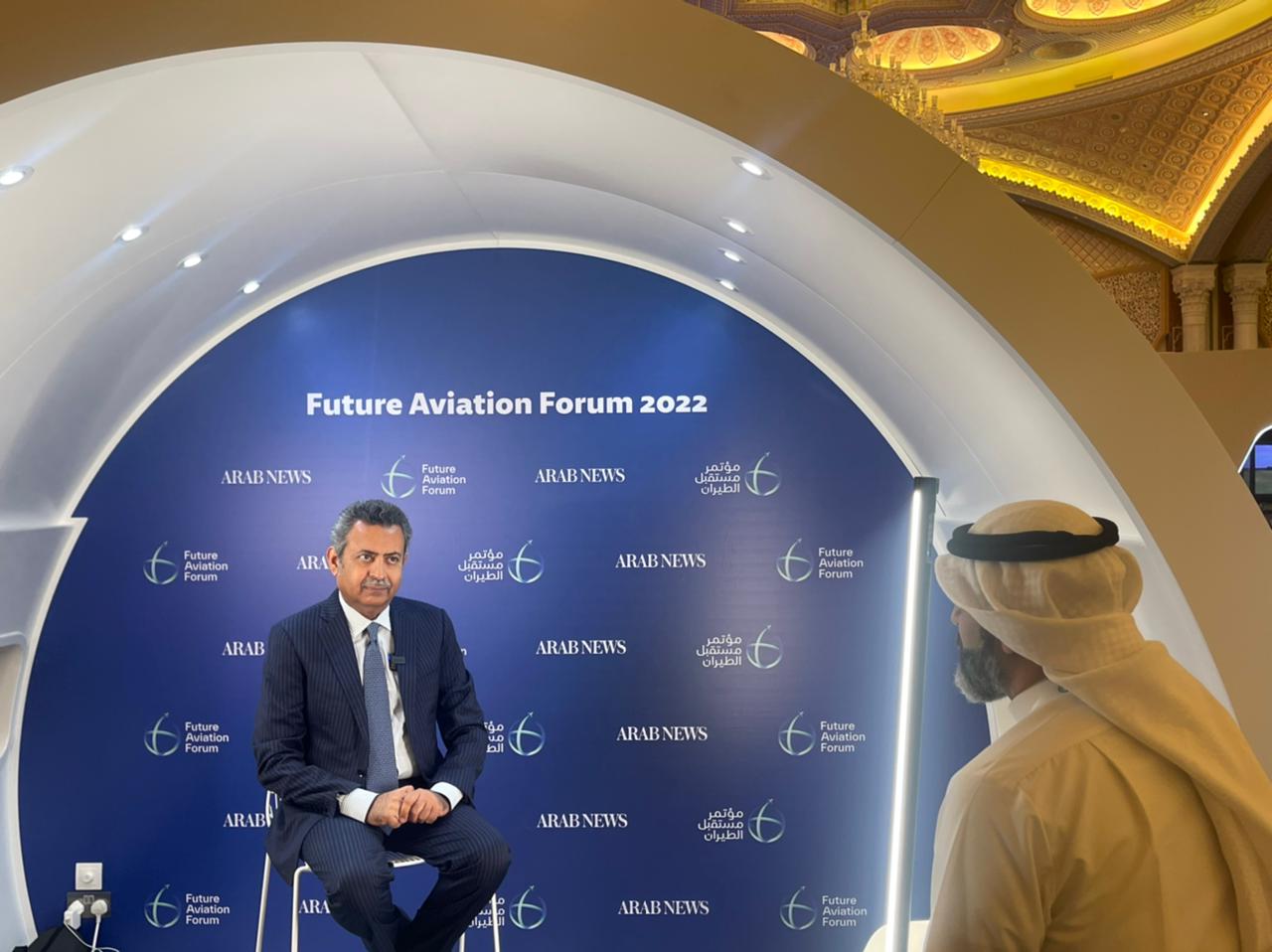RIYADH: Saudi Arabia’s plan to propose a new civil aviation policy at the UN General Assembly later this year is needed to overcome future challenges, said Mohamed Yousif Al Binfalah, CEO of Bahrain Airport Co., in an exclusive interview with Arab News.
Aimed at smoothing the process of international air travel, the Harmonizing Air Travel policy, which was developed in cooperation with the UN’s International Civil Aviation Organization, will be officially presented at the 41st ICAO General Assembly later in 2022 for approval from member states.
On the road to recovery
Reflecting on the plan, Al Binfalah said: “The sector is on the right track for full recovery, but there are a few challenges, one of them is the harmonization of protocols.
“While most of the restrictions have been lifted across the world, I think there is a unique opportunity for the air transport community to learn from the lessons that we have experienced throughout the pandemic and try to come up with harmonized plans and protocols to respond to the next crisis.”
Al Binfalah expressed optimism over the outlook this year while stating that the traffic levels in Bahrain will achieve 60 percent of the 2019 traffic levels.
“Things are improving in the aviation sector around the world in general and Bahrain in particular,” he said, adding: “The pandemic has forced both airports and airlines to make a number of staff redundant in Bahrain.
“However, with the demand picking up now, recruitment remains a major challenge not only in Bahrain, but across the world.”
Economic growth
Al Binfalah said Bahrain International Airport plays a significant role in the economic development of the country, as it is a key player in the Vision 2030 program.
“In 2013, a strategic decision was made to invest in the upgrade of the terminal building. It was a part of an ambitious development program that went beyond the terminal building,” he said.
“The project was launched in 2014, with the appointment of consultants and the start of design and preparation of the site. In 2016. It has been one of the most exciting journeys for the sector. Since then, the project has been put on the fast track with a very tight budget.
“We developed the new terminal building with a capacity of 14 million passengers per year. The alternative airport was built back in the 1970s, and the last time it was upgraded was in 1994 with a capacity of four million only. With the economic development of the country, the traffic reached 9.6 million in 2019. So, the old terminal did not serve the purpose anymore.”
Al Binfalah said that besides the new terminal, other infrastructure was developed while keeping the customers in mind, which included parking facilities for passengers, a fuel farm while taking care of safety and security factors.
“Today, we continue the development of Bahrain International with focus on cargo and logistics. We will launch a program soon with the appointment of a contractor to develop Phase-I of a cargo village inside the airport. We have just finished the launch of the general aviation terminal while restoring the historic building that goes back to the 1960s.”
Sustainability and climate change
Al Binfalah underlined the factors that should be kept in mind while moving forward, such as the integration of airports within their urban surroundings like retail food and beverage, lounges and entertainment; technology with focus on artificial intelligence and mobility solutions and sustainability and climate change.
“The aviation sector has no option but to respond to factors like sustainability and climate change. Airlines as well as airports are responding proactively to this challenge. Airports have voluntarily set targets to achieve net zero by the year 2050,” he said.
“In Bahrain, we have a target to achieve net zero on a national level by 2060. We also have within the airport community program, called Airport Carbon Accreditation, which has allowed us to go through a structured approach to reduce our carbon footprint.”

